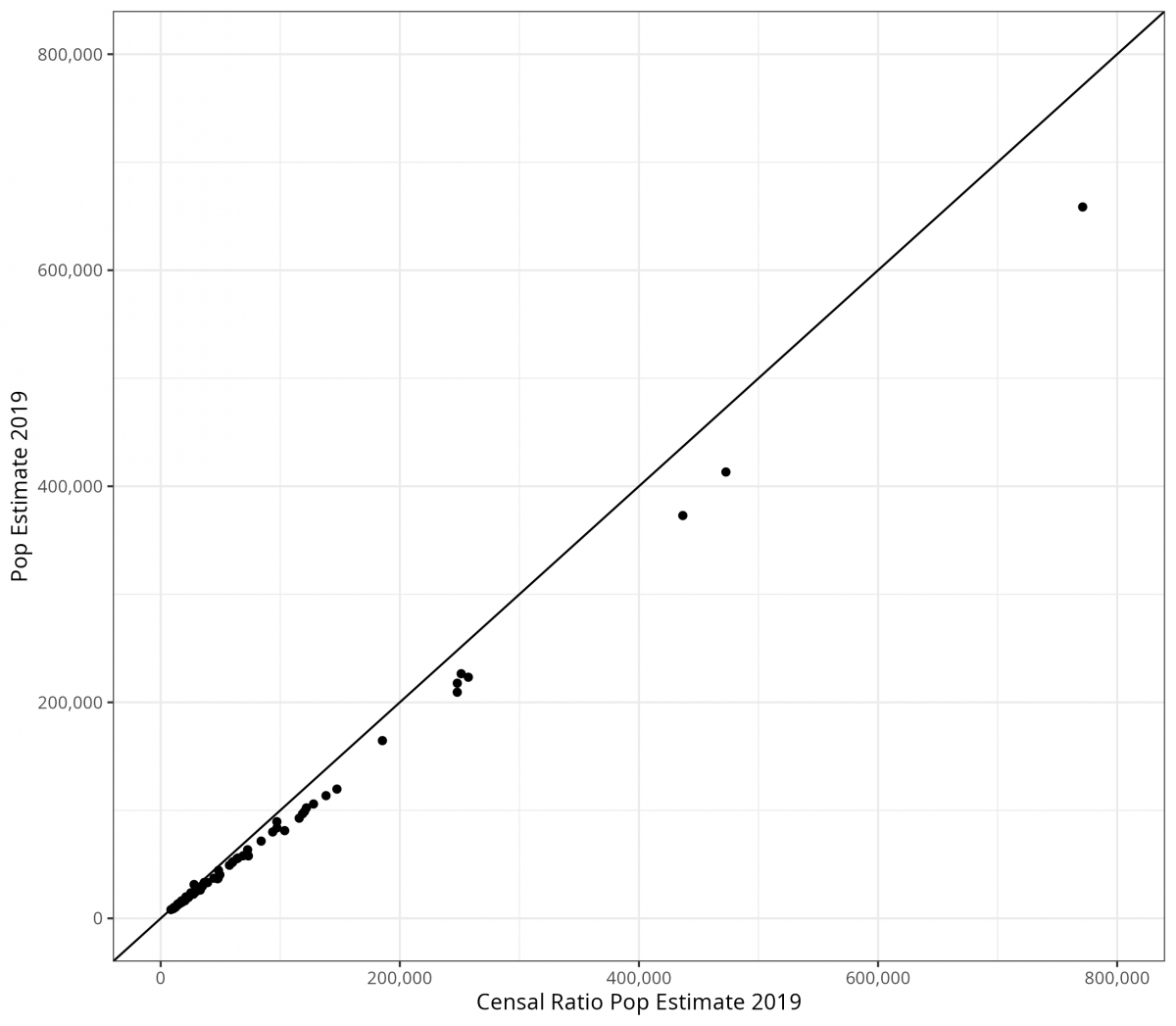Many researchers face challenges with computational reproducibility. For instance, running analysis code written just a year earlier can be problematic. Even if it worked flawlessly and gave the expected results earlier, it might fail due to errors now (see Fig. 1). These issues are typically due to the use of newer versions of analysis software…. Read More
Increasing the Lifespan of Software for Demographic Analysis

Expanding the Lifespan of Software for Demographic Analysis with Containers: An Application of Spatial Sampling

Introduction Software, such as specific R packages, evolve over time, which may prevent older analysis code from working as expected. For example, default values for arguments in a function can change. Therefore, for computational reproducibility, knowing which specific R and package versions were used to run the analysis is crucial. One popular solution in R… Read More
Unlocking Population Estimation Using Readily Available Data: Applying the Simplified Censal Ratio Method

Population estimation is generally a straightforward process: any population must result from a past population number plus the births minus the deaths plus the net migration. This cohort-component method is often considered the ‘gold standard’ for population estimation (Gerland, 2014). However, the components of change (births, deaths, migrants) used to forecast a future population are… Read More


